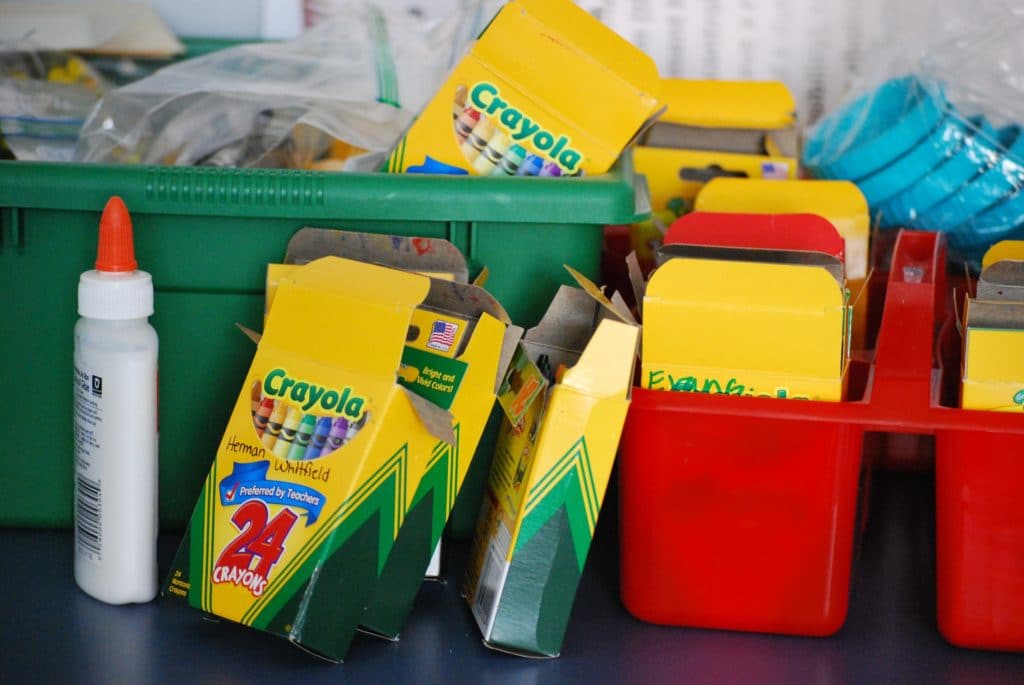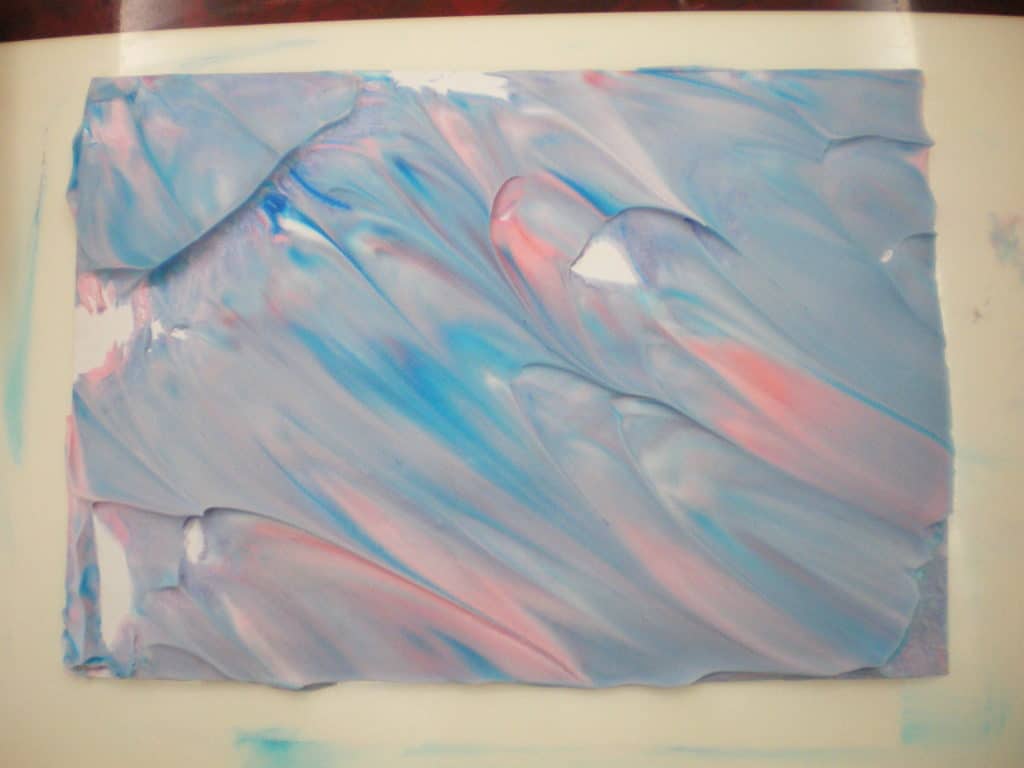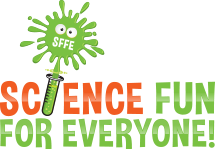- Skip to main content
- Skip to secondary menu
- Skip to primary sidebar
- Skip to footer

Parent Influence
Words Matter, Choose Wisely

Easy Kids’ Science Experiments with Glue
October 17, 2023 by Adriana Matthews
With the holiday season approaching, some kids’ remote learning, and many switching to homeschool it’s no wonder more families are looking for new ways to keep kids busy. One thing we found is that there are so many science experiments you can enjoy with your kids using glue.
These easy kids’ science experiments with glue will give you something fun to do during the holiday break, rainy days, or cold winter days this year. Glue is fun to do science experiments with due to the chemical makeup. Glue is a safe option to use for younger kids to learn about science without getting into harsh chemicals.

Here are just a handful of easy science experiments that you can enjoy doing at home with kids whenever you need to keep the kids entertained or want a new option for your science homeschool unit.
Magnetic Slime
Using just a few ingredients, you can make slime with glue that responds to a magnet. You’ll need liquid starch, glue, iron oxide powder, and a rare earth magnet. Each of these ingredients can be purchased online or at a local craft store. You’ll blend the ingredients and use the rare Earth magnet to pull the slime around.
Make Your Own Glue
Another fun science experiment is to make your own glue. All you need is 1 cup of cornflour or cornstarch, 1 tablespoon of white vinegar, 2 teaspoons of salt, and 4 cups of hot water. Allow your kids to mix these ingredients until they form into homemade glue.

Make Puffy Paint
This fun science experiment involves using ½ cup of shaving cream, and ½ cup glue. You can add a couple of drops of your favorite color food dye to make each batch of puffy paint into your favorite colors. This is a fun way to experiment with color mixtures, such as blending red and blue food coloring to make purple all the while learning about science.
Food Coloring Magic
Take some glue and squeeze it out onto a surface, such as a craft table. Take your favorite color food coloring and place a few drops on the glue. Grab a Q-tip and place the end of the Q-tip into dish soap. You’ll then take the Q-tip and dab the food coloring. Watch the beautiful color explosion!
These are just a few of our favorite easy kids’ science experiments featuring glue! You’ll love watching your kids have a blast seeing what other experiments they can come up with using everyday school glue.
We wanted to create a site where all parenting styles are welcomed and anyone can come to read about parenthood. From tips to tricks to positive co-parenting, grand-parenting, and everything in between – the name Parent Influence simply made sense.
All thoughts, stories, and experiences are welcomed here so as long as you remain respectful, considerate, and open-minded to other people’s ways of life and parenting.
- Terms of Service
- parentinfluence.com Privacy Notice
This fun activity is a great way to learn more about absorption

Salt is hygroscopic, which means it can absorb both liquid and water vapor in the air. This fun activity is a great way to learn more about absorption. The salt we sprinkle on our glue design in this activity absorbs the water (and paint color) through a chemical reaction. When the water touches the salt, the water and the ink are absorbed and spread throughout the salt. This fun activity is demonstrated in our very own bodies every day when we eat foods that are high in salt. Salt is absorbed through our small intestine and enters the bloodstream, which makes our blood saltier. The salt pulls water from the inside of our cells, a process called osmosis, to even out the amount of salt in our bloodstream. If you have a lot of water inside a cell and only a small amount outside the cell, some of the water will move outside the cell to balance everything out; this works in the opposite direction as well. Once the process of osmosis is over, a signal is sent to the brain that the body needs more water; we feel it when we are thirsty. Now, let’s learn more about absorption while putting our art skills to the test! Materials:
- Card Stock or mixed media paper
- Bottle of white glue
- Food coloring or watercolor paints
- Pipettes, droppers or brushes
- Small plastic cups
- Tray, baking dish or box
Directions:
- If you are using food coloring, fill plastic cups up with about a half a cup of water. Then, add one color of food coloring to each cup. The more food coloring you use, the darker the color will be. If you are using watercolor paints, make sure that you put a lot of water on the paint. The more soaked it is the better.
- Place your paper in a tray (with edges), baking dish or box and sprinkle salt over the glue.
- After the glue is well coated, remove the paper from the box and gently shake the paper to remove any extra salt.
- Once the glue has dried, fill your pipette or paintbrush with a lot of paint and gently drop the paint on the salt. Then, observe as the color spreads.
Creative Arts & Science
School glue and food colouring experiment: stunning colour effects..
What you need:
School glue
Food colouring
Glitter (Optional)
How to do this experiment:
Pour some glue on a plate
Add drops of food colouring
Use the Q-tip to drop a little dish soap on each colour.
What I observed:
The dish soap caused the food colouring to move in different direction, forming beautiful patterns.
Share this:
Leave a reply cancel reply, discover more from creatilily.
Subscribe now to keep reading and get access to the full archive.
Type your email…
Continue reading
Sorry, you are banned 81.177.182.136
What can i do to resolve this?
you can click the 'Allow Me' button and follow the steps. Your navigation will be reexamined.

Why have i been banned?
This website is using a CloudFilt service to protect itself from bots attacks. The action you just performed triggered the CloudFilt solution. There are several actions that could trigger this block including inhuman behavior(Bad bot), an IP with a bad reputation or a Cyberattack.

Sorry to ask, but we need to keep spam bots out.

Color explosion
Chemistry doesn't have to be boring—especially when you can get a cool art project out of it.
Check out what happens when milk, food coloring, and dish soap create a cool chemical reaction with this experiment from the Nat Geo Kids book Try This! Extreme .
Once you're done, try it again using a small plate full of craft glue instead of milk. Let the glue dry and remove the glue disk from the plate for a visible souvenir of this experiment.
Fill the dish with about half an inch of milk.
Add dots of colors using food coloring. Make whatever pattern you like, but yse plenty of colorful dots.
Drop just one drip of dish detergent in the middle of the milk. Watch what happens! The colors will sink in response to the dish detergent, then emerge again—marbleizing and combining—before stabilizing and standing still
WHAT'S GOING ON
Milk is an emulsion, a suspension of fat droplets in water. This means they’re not mixed in, just hanging in the milk. Food coloring sits in drops in the water, too, making a stable system—until the dish detergent is added. Dish detergents are meant to separate out dirt or grease so they can be washed away. When the dish detergent is added, the suspension is broken up, and the fat droplets all rush to combine with each other, causing the blossoming of color.
After the colors marbleize, try to transfer the pattern onto a piece of paper. Drop the paper flat onto the milk’s surface and allow the liquid to soak it for a moment or two. Then lift the paper by several corners, flip it, and transfer to a paper towel to dry. Then spray it with Clear-Coat or another acrylic art spray to preserve the colors.
Science Lab
(ad) try this extreme: 50 fun & safe experiments for the mad scientist in you, (ad) make this: building thinking, and tinkering projects for the amazing maker in you, (ad) try this: 50 fun experiments for the mad scientist in you.
- Terms of Use
- Privacy Policy
- Your California Privacy Rights
- Children's Online Privacy Policy
- Interest-Based Ads
- About Nielsen Measurement
- Do Not Sell My Info
- National Geographic
- National Geographic Education
- Shop Nat Geo
- Customer Service
- Manage Your Subscription
Copyright © 1996-2015 National Geographic Society Copyright © 2015-2024 National Geographic Partners, LLC. All rights reserved
Science Fun

Color Changing Slime Color Science Experiment
In this fun and easy color science experiment for kids, we’re going to make a slime that changes colors.
- White school glue
- Thermochromic powder
- Food coloring
- Liquid starch
Instructions:
- Mix four ounces of glue with 1/3 cup of warm water.
- Add 2 tsp of thermochromic powder.
- Add about six drops of food coloring.
- Add ½ cup of liquid starch.
- Mix until slime forms.
- Touch cool or warm objects to your slime to observe it changing colors.
EXPLORE AWESOME SCIENCE EXPERIMENT VIDEOS!
How it Works:
Thermochromic powder is designed to temporarily change colors when exposed to different temperatures. These types of color changing powders contain a molecular structure that changes at a specific temperature. The molecular changes alters the wavelengths of light it reflects at those specific temperatures which causes the color changing effect.
Make This A Science Project:
Try different colors of thermochromic powders. Try different slime activators like Borax and saline solution. Try exposing the thermochromic powder to long durations of cold by leaving the color changing slime in the freezer.
EXPLORE TONS OF FUN AND EASY SCIENCE EXPERIMENTS!
SUBSCRIBE AND NEVER MISS A NEW SCIENCE FUN VIDEO!
previous experiment
Next experiment.

IMAGES
VIDEO
COMMENTS
Place 2 tablespoons of Elmer's glue in a small cup and add 2 teaspoons of water. Stir with a popsicle stick until the glue and water are thoroughly mixed. Pour the glue and water mixture into a lid until the bottom is covered. Be careful not to add too much if you are using a lid. Add 4-5 drops of food coloring to different areas of the glue ...
This is a fun way to experiment with color mixtures, such as blending red and blue food coloring to make purple all the while learning about science. Food Coloring Magic. Take some glue and squeeze it out onto a surface, such as a craft table. Take your favorite color food coloring and place a few drops on the glue.
What you need:GlueFood coloursDish soapA plateQ-tipGlitterPlease visit https://www.creatilily.com for more.Music Credits-Licensed to InShot Audio Library:Mus...
Add 4-5 drops of food coloring to different areas of the glue mixture. 4. In a clean, small cup, add a small amount of liquid dish detergent. 5. Dip a toothpick into the detergent and touch the center of a food-coloring drop and quickly remove the toothpick. Be careful not to stir. Observe how the food coloring moves in
Bottle of white glue; Table salt; Food coloring or watercolor paints; Pipettes, droppers or brushes; Small plastic cups; Tray, baking dish or box; Directions: If you are using food coloring, fill plastic cups up with about a half a cup of water. Then, add one color of food coloring to each cup. The more food coloring you use, the darker the ...
Glue and colours video. What you need: School glue. Food colouring. Dish soap. Q-Tip. A plate. Glitter (Optional) How to do this experiment: Pour some glue on a plate. Add drops of food colouring. Use the Q-tip to drop a little dish soap on each colour. What I observed: The dish soap caused the food colouring to move in different direction ...
• Food coloring • Liquid dish soap • Cotton swab(s) • Dish detergent • Small shallow bowl or plastic lid *This experiment can be done with either white glue or milk, depending on what you have available. Or, try both mediums and compare the results! What you do: 1. Pour white glue or milk into bowl or plastic lid, enough to fully
Check out what happens when milk, food coloring, and dish soap create a cool chemical reaction with this experiment from the Nat Geo Kids book Try This! Extreme. Once you're done, try it again using a small plate full of craft glue instead of milk. Let the glue dry and remove the glue disk from the plate for a visible souvenir of this experiment.
In this fun and easy color science experiment for kids, we're going to make a slime that changes colors. Materials: White school glue Water Thermochromic powder Food coloring Liquid starch Instructions: Mix four ounces of glue with 1/3 cup of warm water. Add 2 tsp of thermochromic powder. Add about six drops of food coloring. Add ½ cup of…Read More
Enjoy fun science experiments for kids that feature awesome hands-on projects and activities that help bring the exciting world of science to life. Crazy Putty. Using some everyday household items such as borax, water, PVA glue and food coloring, make some crazy putty that you can squish in your hands, mould into shapes or even bounce on the ...